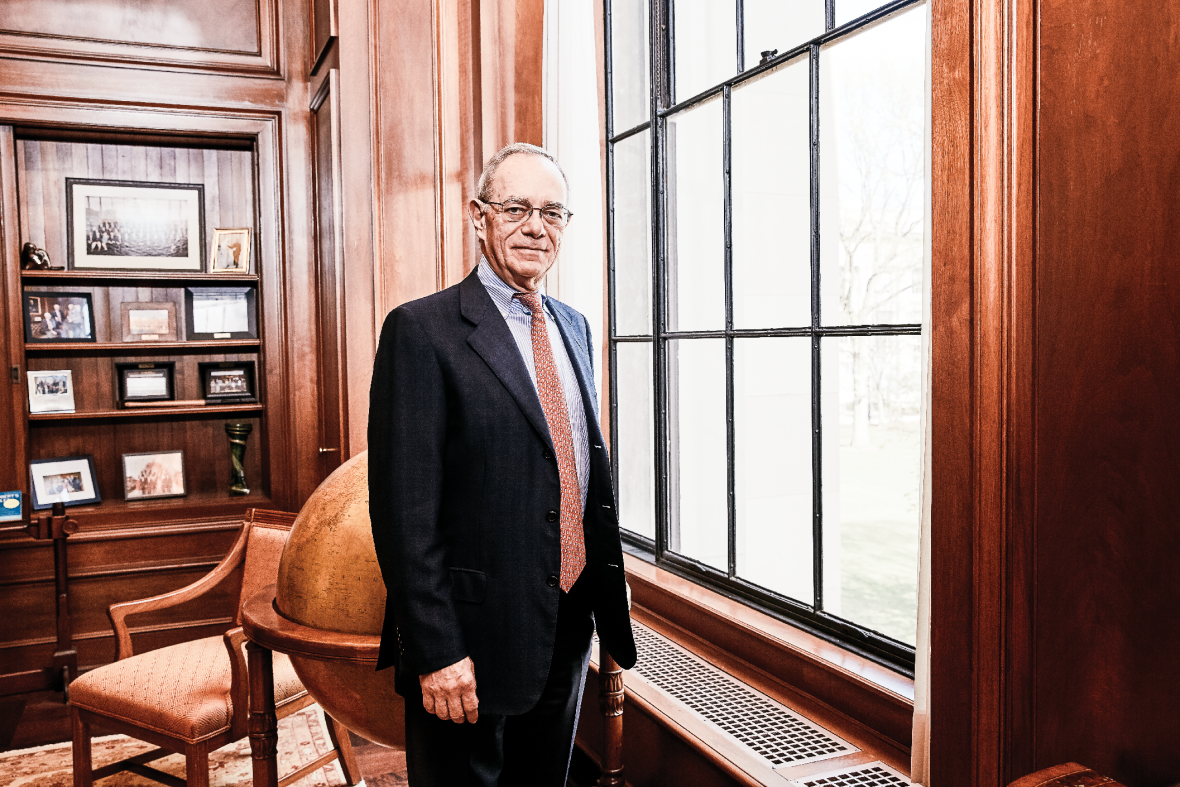A frank examination of MIT’s past
When new data disrupts our old assumptions, it’s up to us to make a better model.

One afternoon last December, a group of undergraduates told me a story I had never heard before: the story, gradually being revealed by their original research, of the links between MIT, the legacy of slavery, and the process of rebuilding after the Civil War.
The moment was inspiring for several reasons. First, it’s always a thrill to see our students dig into a compelling topic that’s new to them. The class they were enrolled in, MIT and Slavery, was designed by Professor Craig Wilder and archivist Nora Murphy to meet in the Institute Archives, so it could focus on primary sources from MIT’s own history. As you would expect, our students brought to the challenge of excavating our history all the drive for discovery and problem-solving that you would find in an MIT lab. They were, in the best MIT tradition, learning by doing.
Second, as they presented a range of new facts about our institutional past, I watched them learning something crucial about history itself: that it is not a static set of assumptions but, rather, a model of reality that we use to understand the world. Just as in any scientific field, when new data disrupts our old assumptions, it’s up to us to make a better model. In effect, the students are using the bricks of their new knowledge to build a story of MIT that’s more complete, one that will help us better understand our place in history—the history of science and engineering, of American higher education, of New England, and of the nation.
Finally, I was struck by the students’ wisdom in understanding that technology is rooted in society; this also came through clearly at our community gathering in February, where they shared their initial findings.
We need not be trapped or burdened by our history. But I do believe that if we can look at it frankly, from our best moments to our worst, we have a much better chance of approaching the present and the future with humility and self-awareness. And that can only help us as we seek to make a better world for all.
Keep Reading
Most Popular
Large language models can do jaw-dropping things. But nobody knows exactly why.
And that's a problem. Figuring it out is one of the biggest scientific puzzles of our time and a crucial step towards controlling more powerful future models.
How scientists traced a mysterious covid case back to six toilets
When wastewater surveillance turns into a hunt for a single infected individual, the ethics get tricky.
The problem with plug-in hybrids? Their drivers.
Plug-in hybrids are often sold as a transition to EVs, but new data from Europe shows we’re still underestimating the emissions they produce.
Google DeepMind’s new generative model makes Super Mario–like games from scratch
Genie learns how to control games by watching hours and hours of video. It could help train next-gen robots too.
Stay connected
Get the latest updates from
MIT Technology Review
Discover special offers, top stories, upcoming events, and more.